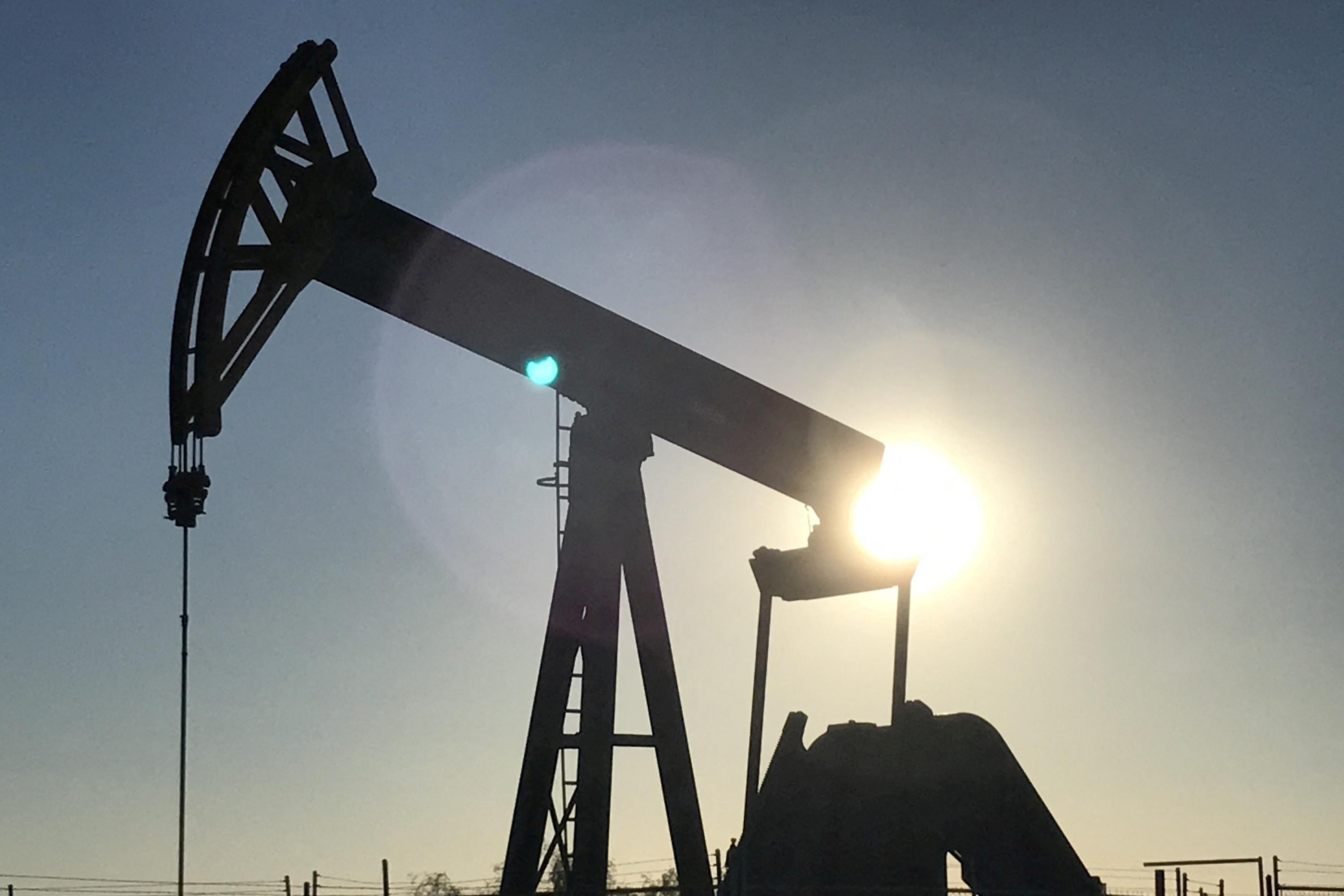Landmark study validates satellite tracking of giant methane leaks
Sign up now: Get ST's newsletters delivered to your inbox

Large plume events account for between 8 per cent and 12 per cent of all releases from the oil and gas sector.
PHOTO: REUTERS
Follow topic:
NEW YORK (BLOOMBERG) - Scientists have used satellite data to identify more than 1,800 major releases of the potent greenhouse gas methane, according to a landmark study published in Science.
The research validates a methodology developed in recent years to spot super-emissions from fossil fuel operations.
Large plume events account for between 8 per cent and 12 per cent of all releases from the oil and gas sector and many of them can be mitigated at low cost, according to the report published on Friday (Feb 4).
The methane detected by French and American researchers from 2019 and 2020 was concentrated mostly in Russia, Turkmenistan, parts of the US, Kazakhstan, Iran and Algeria.
As many as 150 clouds were seen by satellite each month, some of which spread for hundreds of kilometres.
Publication of the study in the prestigious journal is the most mainstream acknowledgment so far of the efficacy of using satellites to identify and estimate methane super emissions events.
The approach is poised to play a critical role in detecting, attributing and ultimately halting powerful leaks and intentional releases common in fossil fuel operations.
"Mitigation of ultra-emitters is largely achievable at low costs and would lead to robust net benefits in billions of US dollars for the six major producing countries when incorporating recent estimates of societal costs of methane,'' the report said.
Among others, the authors include Mr Clement Giron from Kayrros SAS, a French geoanalytics firm, and Mr Riley Duren, chief executive officer of non-profit Carbon Mapper.
Methane is the primary component of natural gas. It has 84 times the warming power of CO2 in the short term if released directly into the atmosphere.
By studying oil and gas super-emission events, the scientists also found a functional relationship between large emissions and smaller, less detectable releases across energy networks.
That finding is important because, when combined with new satellites scheduled to be launched in the coming years, it could help paint a more complete picture of global methane releases.

